Why do people in Russia love buckwheat so much and why don’t foreigners eat it?
Buckwheat is an inexpensive and healthy cereal, a frequent guest in the diet of the average Russian. We get used to eating buckwheat from childhood. However, Western countries, although they classify it as a healthy product, are not too fond of this cereal. Why foreigners don’t eat buckwheat, but in Russia they love it, we’ll tell you further.
History of the appearance and spread of buckwheat
Buckwheat does not require special care when growing. Thanks to unpretentiousness it has long been cultivated in Southern Siberia, the Himalayas and Altai, as well as in Northern India.
To this day, historians and archaeologists report finds of burials that date back centuries BC, where fossilized buckwheat grains are present. It grew in any climatic conditions - even where other grain crops did not yield.
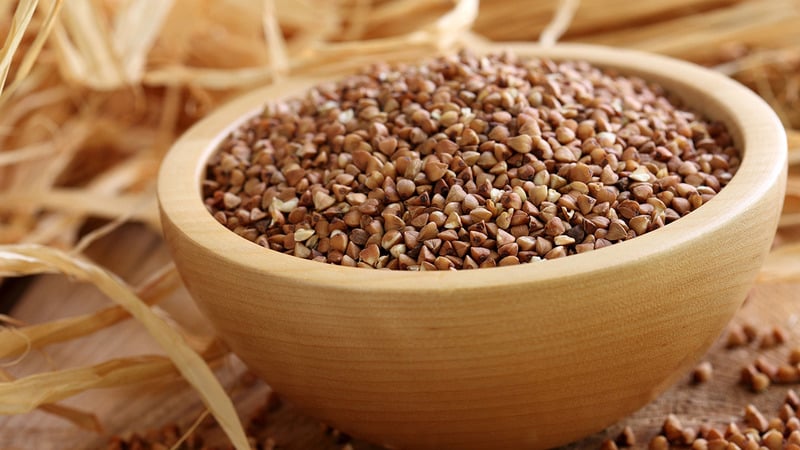
Where does buckwheat come from in Rus'?
Gradually, the unique grain spread further and further. Buckwheat gained particular popularity among the Slavic peoples. It came to them in the 13th century. The grain crop not only produced rich and tasty harvests, but also drove out weeds from fields and vegetable gardens. Over time, buckwheat dishes acquired national status among the Slavs. Buckwheat porridge is still the most popular.
The name of the culture is Greek. Local monks who arrived in Rus' on a missionary mission taught the population to plant grains and prepare food from them.In their homeland, Greece, “Byzantine grain” was consumed only by the lower strata of the population.
Why is buckwheat so popular in Russia?
The secret of the popularity of buckwheat in our country is simple - it is tasty, cheap and healthy. Buckwheat contains large amounts of vitamins B, PP, E, protein, organic acids, iron, phosphorus, magnesium, copper, calcium and much more. Due to its rich composition, buckwheat is called the queen of cereals.
The diet of athletes and people on diets is indispensable without buckwheat.who want to lose excess weight. Grain crops are stored for a long time. Many of our compatriots purchased this particular product during the 2014 crisis. This phenomenon was nicknamed the “buckwheat rush.”
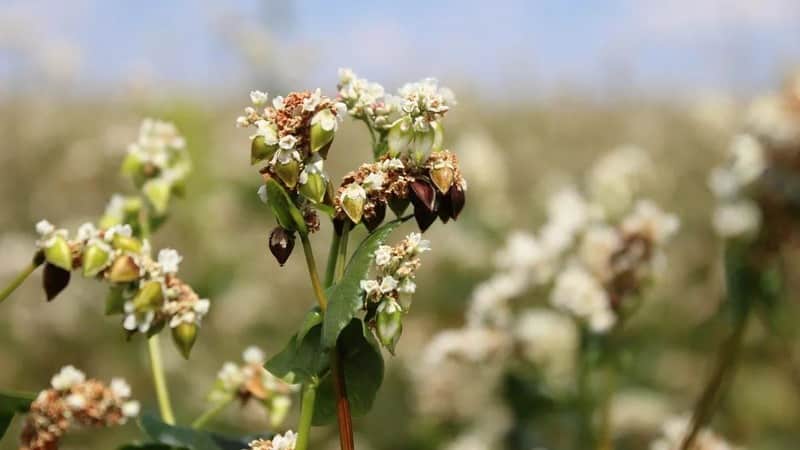
The unpretentiousness of buckwheat ensures its naturalness. When growing cereals, there is no need to use chemicals to fertilize or protect against pests and weeds. Buckwheat is one of the most environmentally friendly products.
Interesting things on the site:
Which buckwheat is better, dark or light?
Benefits and calorie content of buckwheat steamed with boiling water
Where else do they eat buckwheat?
The grain crop continues to be consumed throughout its historical growth area.. Exceptions are India and Nepal, where buckwheat is rarely sold.
Interesting! You will be shocked, but in the USA, cereals are sold mainly in pet stores. It is used as animal feed. Although sometimes buckwheat is found on supermarket shelves.
China is considered the world leader in growing grain crops. Previously, residents of the Celestial Empire also considered buckwheat to be an unprestigious food.But with the increasing popularity of a healthy lifestyle and proper nutrition, more and more Chinese doctors recommend drinking buckwheat as tea. Buckwheat tea has many unique properties: it fights high blood pressure, cholesterol and sugar levels, and also improves the condition of the skin and preserves youth.
In other eastern countries, namely in Japan and Korea, buckwheat is common in the form of flour. The Japanese still make soba (buckwheat noodles) from it.
In addition to Slavic and Asian peoples, residents of Israel consume buckwheat. The Jewish people lived for a long period of time on the territory of the Russian Empire, which affected their taste preferences.
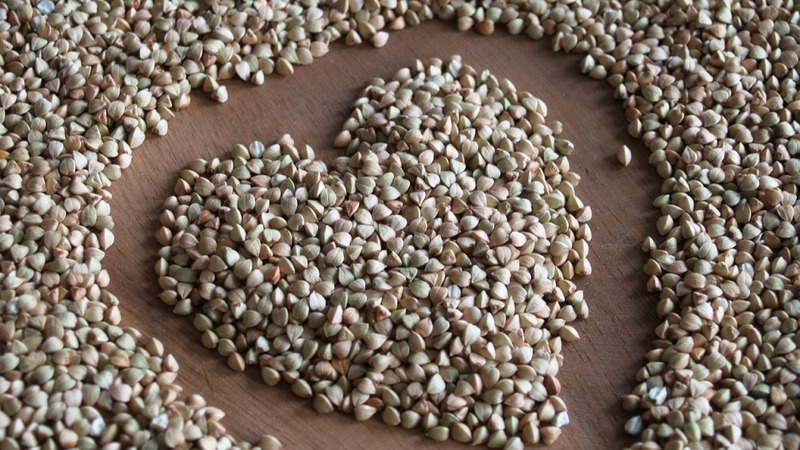
In the West, only the Poles stand out among fans of grain crops. In Poland there is a popular dish called grecianiki, which is made from minced meat with the addition of boiled cereal.
Why is brown buckwheat not found in stores abroad?
We are accustomed to the fact that buckwheat has a brown, nutty color. However In Europe, pale green cereals are found on shelves. Why is this and which buckwheat is healthier?
Buckwheat eaten by first removing the outer dark shell from the grain. Beneath it lies a greenish core.
In Russia, raw green buckwheat is subjected to additional heat treatment. This is due to a number of reasons:
- This type of cereal cooks faster.
- Provides additional protection against pathogenic organisms living on unprocessed products.
- Roasted buckwheat turns a beautiful dark or light brown color and acquires a nutty aroma.
In Europe, buckwheat is sold that is not heat treated.. This way the cereal retains even more beneficial properties and does not lose nutrients. However, it is fair to note that when frying, the decrease in beneficial microelements is insignificant.
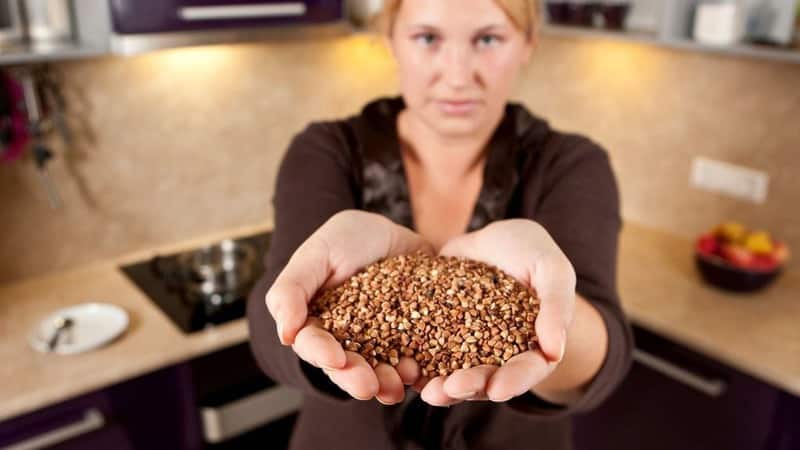
How much does it cost in Russia and other countries
The highest cost of cereals is in Montenegro - about 370 rubles / kg, the lowest in the Russian Federation – 40-50 rubles/kg. Other countries where buckwheat is cheap include:
- Ukraine – on average 65 rubles/kg;
- Uzbekistan – 100 rub./kg;
- Belarus – 120 rubles/kg;
- Latvia – 135 rubles/kg;
- Kazakhstan – 180 rub./kg.
According to experts, buckwheat prices are expected to increase in Russia, Ukraine, Kazakhstan and Belarus in the near future. This is due to the rise in price of fuel, which is necessary for agricultural machinery and transportation, and rising prices for fertilizers.
In which countries, besides Montenegro, the price of buckwheat is “biting”:
- Bulgaria – 300 rub./kg;
- USA - 300 rub./kg;
- South Africa – 330 rubles/kg;
- Australia – 350 rub./kg.
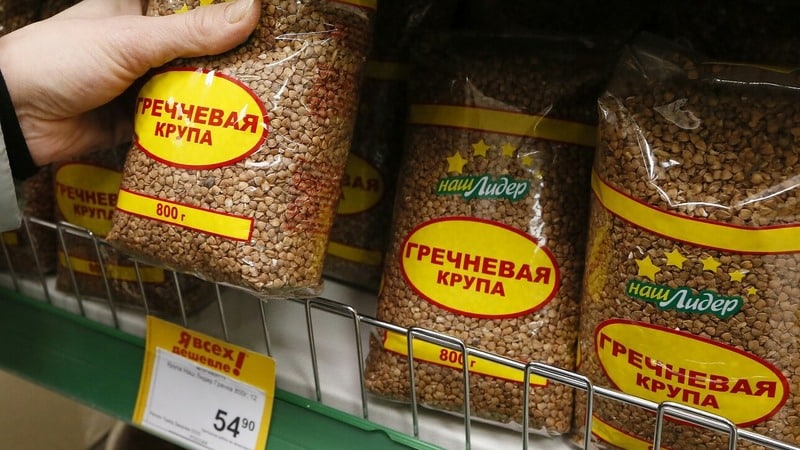
Why don't people eat buckwheat in Europe?
In America and Western European countries, buckwheat was considered livestock feed due to its unpretentiousness. Some experts around the world are confident that buckwheat porridge, cooked without adding salt, tastes bitter and has a chemical aftertaste. It turns out that for any adult who tries such porridge for the first time, it really seems bitter and unpleasant. Only those people who have become accustomed to it since childhood do not experience any unpleasant sensations when cooked.
There is another reason, according to which residents of Western Europe do not include buckwheat in their daily diet. They consider this cereal a medicinal product and are often sold only in pharmacies at high prices.
Read also:
What does the body lack if you constantly crave buckwheat?
The benefits of eating buckwheat with kefir on an empty stomach in the morning
What cereals do Europeans prefer?
If Europeans and Americans do not prepare dishes based on buckwheat, what do they replace it with?
Cereals preferred abroad:
- Wheat. Tops the ranking of the most popular cereals in the world - products made from durum cereals can be found in absolutely every country.
- Oats – a whole culture rich in natural antioxidants that protect and stimulate the cardiovascular system.
- Rice. Various varieties (the most useful of which are deservedly considered black and red) of this cereal crop are popular throughout the globe.
- Barley. Unpolished particles of barley are recommended for use by people with gastrointestinal problems and overweight.
- Corn grains. Nutritious and healthy, corn grits are rich in fiber and protein.
Why buckwheat is good for you and why you should eat it
The benefits of buckwheat lie in its rich composition:
- vitamins – A, B, PP, E;
- macro- and microelements: calcium, iron, magnesium, phosphorus, zinc, potassium, silicon, sodium, chlorine, iodine, copper, manganese and others;
- protein, fiber, flavonoids;
- plant antioxidants: rutin, vitexin, quercetin.
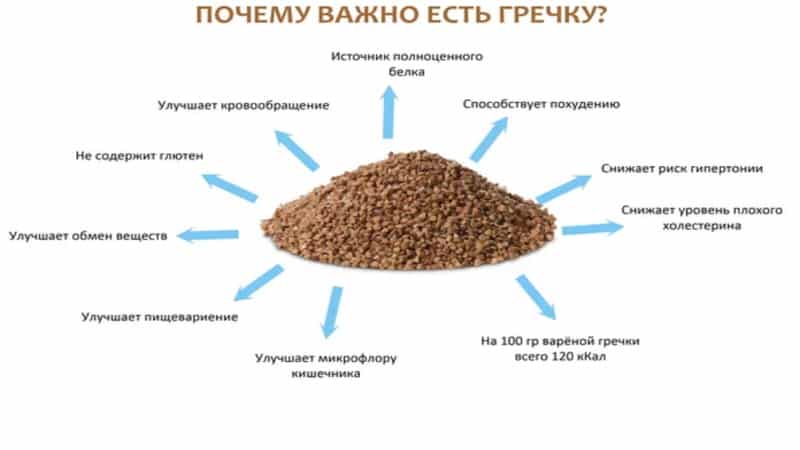
Buckwheat should be included in the diet and eaten regularly. This cereal:
- normalizes hormonal levels, blood sugar and blood pressure;
- raises hemoglobin levels;
- increases immunity;
- removes toxins, waste and excess cholesterol from the body.
Nutritionists are sure that buckwheat is a panacea for obesity, and doctors advise people who have problems with the nervous, cardiovascular and digestive systems to eat buckwheat. Cereals have rejuvenating properties - improves the condition of the skin, hair and nails.
Conclusion
In Europe and America, buckwheat is viewed with skepticism. In the West, it has long been considered food for the lower classes of the population; in the USA it is used as feed for livestock and birds. However, even Europeans recognize its exceptional usefulness, and in many countries buckwheat is found on the shelves of pharmacies and health food stores. Indeed, buckwheat should be included in the diet, as it has a positive effect on the body as a whole.
Probably only the upper strata live in Europe...